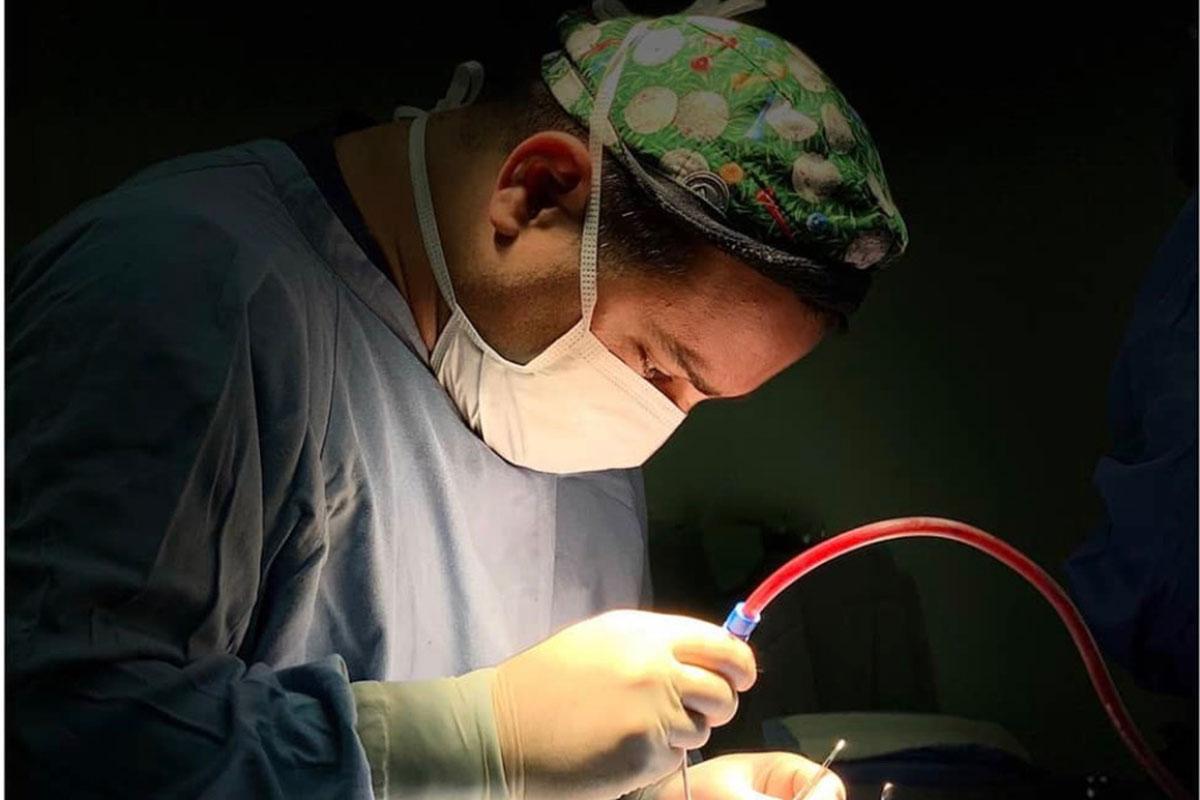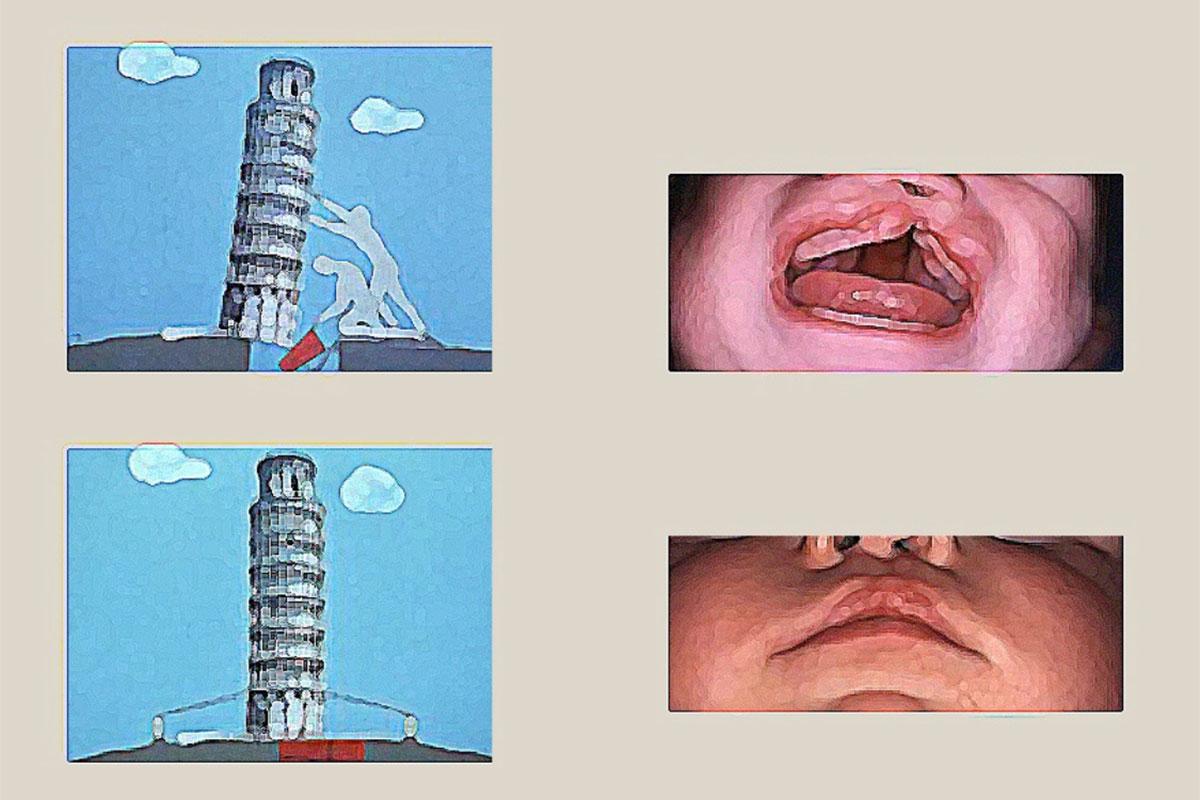Medical Highlight: Cleft Lip and Palate
Dr. Chadi Murr describes one of the most common congenital malformations, how it is repaired, and its potential dangers if left untreated.
Lebanon is among the countries with the highest incidence of cleft cases in the world: a staggering figure of one in every 440 births compared to one in every 1,600 in the US.
The cleft lip, scientifically known as cheiloschisis, and the cleft palate – or palatoschisis – are splits that occur when different areas of the face do not join correctly as the fetus develops in the womb. Clefts are the most common congenital malformations on the face and can only be repaired at the hands of specialized surgeons who are well acquainted with the technique, at a multidisciplinary university medical center.
In the following interview, Plastic Surgeon at the LAU Medical Center-Rizk Hospital and Instructor at the Gilbert and Rose-Marie Chagoury School of Medicine Chadi Murr answers some questions on cleft cases, to spread more awareness on the topic.
What are the short- and long-term dangers if a cleft lip and/or palate is left untreated?
Cleft cases are not harmless cosmetic abnormalities and pose both immediate and longer-term problems. The physiological harm of a cleft palate is manifest as a reduced or restricted muscle function where the split occurs. This makes it difficult for newborns to suck properly, which limits their feeding; the open muscles may also cause ear infections and hearing loss, which in turn lead to a heightened risk of developing middle ear fluid and germ invasion; and a cleft that extends through the upper gum impairs tooth development, leading to speech difficulties and language delays.
In the longer run, this may cause learning disabilities, and social, emotional, and behavioral problems such as anxiety due to difference in appearance and the added strain of intensive medical care. In some rare cleft cases, it may cause cerebral palsy and epilepsy.
Does a cleft lip and/or palate signal, cause or lead to other deformities or disabilities in the future?
Cleft lip and/or palate do not lead to other deformities per se. However, while they most commonly occur as isolated birth defects, they are sometimes associated with underlying inherited genetic conditions or syndromes, among which ‘Pierre Robin Sequence’ (PRS), Stickler Syndrome, Edwards Syndrome, Down Syndrome and 22q11 Deletion Syndrome.
Diagnosing associated anomalies through further tests is essential to help provide the necessary treatment and improve the survival of these children.
How soon can a corrective surgery take place after birth?
The sooner, the better. Some people wonder whether their baby’s cleft lip can be repaired right away. Giving a short period of time before the surgery usually allows the baby to establish a good pattern of feeding, gain some weight for better recovery, and bond with the parent. Depending on the baby’s health and other medical concerns, a cleft lip repair is typically performed between 10 and 12 weeks of age while a cleft palate surgery is often done between six to 18 months of age.
What are the risk factors – if any – for undergoing this surgery? If, for some reason, it is not successful, would it cause more harm?
The repair surgery is important for the child’s development and quality of life, so the benefits certainly outweigh the risks. Besides the normal risks with any surgery, such as allergies, infection and reactions to anesthesia, potential complications are temporary or permanent damage to deeper structures, such as nerves, blood vessels, muscles and auditory canal. That is why the surgery must be done by a well-specialized surgeon. Residual irregularities and asymmetries in the lip or nose later in life, and irregular or poor healing of incisions may require revisional surgery.
Is this surgery available at the LAU Medical Center-Rizk Hospital?
I have been receiving many families with children affected by the congenital defect at the medical center’s Division of Plastic & Reconstructive Surgery, where surgical correction was performed, and after which most of them enjoyed a normal appearance and speech recovery. My specialty in cleft surgeries, as well as my adherence to the Italian Pisa Protocol in Plastic & Reconstructive Surgery that I follow at the treatment stage – which has been performed on more than a thousand children – have helped me achieve excellent results. During the past two years, we have treated around 12 cleft cases at our medical center.
What funding, if any, is available to cover treatment for cleft cases in Lebanon?
Rehabilitation and comprehensive care for children living with clefts often require a teamwork of core specialties such as plastic surgery, otolaryngology, speech therapy, child psychiatry, social work and orthodontology to ensure adequate monitoring, education, support, and treatment for the highest possible quality of life.
Unfortunately, while there are some NGOs and military institutions that provide funding for children born with cleft lip and/or palate, this surgery – considered standard, basic care in developed countries – is not only extremely limited in developing countries, but almost a nonexistent option for families living at the lower end of the socioeconomic spectrum.
Since Lebanon has a high incidence of cleft cases, we have yet to raise more awareness on this critical public health matter to secure funds and help as many children as possible. I personally take into consideration the family’s situation and try to help as much as possible by even waiving my fees in some cases, much like surgeons worldwide who have joined international organizations dedicated to this cause.
This interview has been edited and condensed for the sake of clarity.

